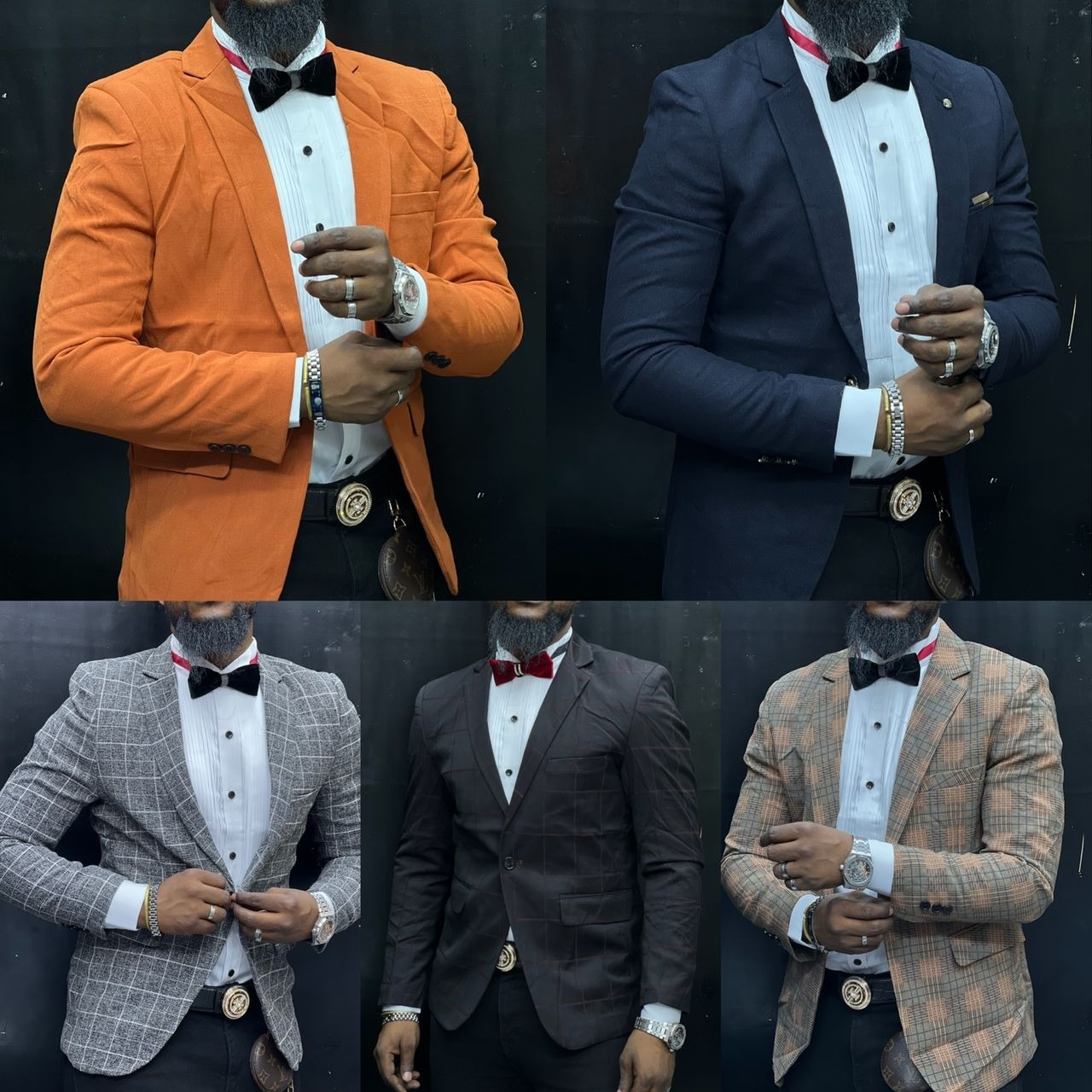It's hard to know where to begin with the big wide world of NFTs. Should I care? Can I wear a blockchain? Why is Beeple such a certified freak? All answers are here!
NFTs are an exciting new way to prove ownership over digital assets, and they’re good at it. But while artists and collectors are celebrating their ability to protect the value of digital work, NFTs have drawn criticism for an uncomfortably large carbon footprint.
What are NFTs?
Simply put, NFTs (Non-Fungible Tokens) are a way to prove digital ownership. Here are the top 3 things we think you should know about them, so you can use them safely and easily as an artist or art collector.
They are built on blockchains. These are distributed public ledgers that record transactions. Each NFT is stored on the blockchain with an identification code and metadata that makes it as unique as a fingerprint. In this context, “metadata” means “data about data” and is simply a bit of extra information that describes the NFT and is stored alongside it.
They’re an excellent way to mark digital assets and control their supply. Whether you’ve created a piece of music, a digital artwork or video, “minting” it as an NFT means that you can prove ownership over it (as each NFT is distinct and traceable). Previously, digital assets were fairly easy to steal. This is huge as it means artists can’t be cheated out of royalties anymore and collectors don’t have to worry about investing in something that’s a fake or a forgery.
This is also an excellent way to control supply of digital content, which is key to driving up its price. Because it attributes one owner to one piece of content, even if others can see the NFT, only one person can own it.
Think of them as digital receipts or signatures. If you’re a collector, NFTs can be considered the digital equivalent of the kind of receipt you’d get after you’ve bought something physical (like clothing or food) from your favourite store. As an artist, turning your work into an NFT is a way of adding a digital signature that can never be forged or removed.
How NFTs work
When an artist chooses to mint their work and turn it into an NFT, they turn it into a digital collector’s item.
So whether you’re minting a one-of-a-kind piece of content or sharing a limited edition of 25 prints, you’re able to create digital scarcity — allowing your work to gain in value. So, if you’ve minted a digital artwork, someone who has a copy of it they’ve pulled from a Google Image search may enjoy it privately but they won’t be able to sell it and cut you out of the royalty chain (or claim the work as their own). Unless their copy is an NFT, it’s immediately identifiable as a fake — NFTs can only have one owner at a time, and each one is unique.
Why it’s important we talk about how NFTs harm the environment
Over 1,700 jurisdictions and municipalities around the world have declared a Climate Emergency. This means that the governments of over 1 billion people have officially accepted what scientists have been saying since 1979: that climate change exists, and that we have to do everything possible to stop human-caused global warming.
Are NFTs really bad for the environment?
In a nutshell? No, but the blockchain they’re stored on can be. To answer this question properly, we first have to unpack the difference between Proof of Work (PoW) and Proof of Stake (PoS) blockchains.
What’s worth picking up at the NFT supermarket?
NFTs can really be anything digital (such as drawings, music, your brain downloaded and turned into an AI), but a lot of the current excitement is around using the tech to sell digital art.
Why Are Non-Fungible Tokens Important?
Non-fungible tokens are an evolution over the relatively simple concept of cryptocurrencies. Modern finance systems consist of sophisticated trading and loan systems for different asset types, ranging from real estate to lending contracts to artwork. By enabling digital representations of physical assets, NFTs are a step forward in the reinvention of this infrastructure.
How can I buy NFTs?
Many NFTs can only be purchased with Ether, so owning some of this cryptocurrency—and storing it in a digital wallet—is usually the first step. You can then purchase NFTs via any of the online NFT marketplaces, including OpenSea, Rarible, and SuperRare.
Are non-fungible tokens safe?
Non-fungible tokens, which use blockchain technology just like cryptocurrency, are generally secure. The distributed nature of blockchains makes NFTs difficult, although not impossible, to hack. One security risk for NFTs is that you could lose access to your non-fungible token if the platform hosting the NFT goes out of business.
Thats all for today… endelea kusoma makala za Teknolojia kila Jumatano kupata madini zaidi!








Leave a Reply